Explore Our Top AI Programs
No courses found for "Most Popular"
Try selecting a different category
Why has AI Adoption become a necessity?
95% of organizations say AI skills are now essential for career success
of professionals feel confident using AI at work.
That's your edge if you start now.
of all work hours could be automated by 2030.
Your job will evolve or disappear; if your skills don't.
higher salary for professionals with AI skills.
AI is no longer just a tech skill, it's a career multiplier.
of business leaders say AI literacy is the fastest-growing skill their workforce needs.
They're hiring for it. The question is - are you ready?
of today's job skills will change within five years.
Learning once isn't enough anymore.
Based on industry research reports
AI skills are now the difference between staying ahead and getting replaced
Events
Explore our latest events, workshops, and webinars. Join us to connect, learn, and grow with industry experts and peers.
Transforming careers through AI & data training
Through comprehensive AI and data training programs, we've helped thousands of professionals master AI/ML, data analytics, Python, and cloud technologies, transforming their careers with cutting-edge AI expertise.
Read the full story
Datavalley.ai news
Technologies & Tools


.avif&w=256&q=100)
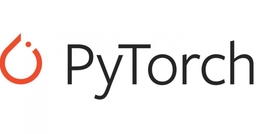

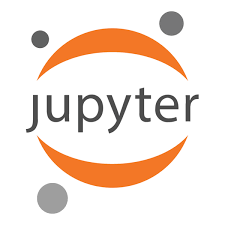





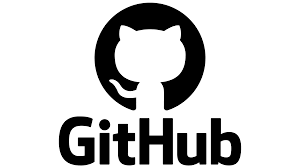


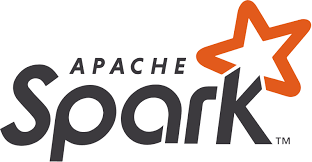

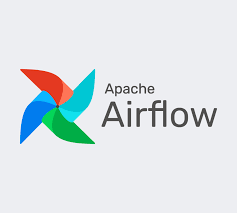










.avif&w=256&q=100)






















The Datavalley Story
Since 2020, we have shaped and pioneered the edtech sector. Today, we have evolved into the essential, educational backbone for our students, still at the forefront of AI and Data Science education.
READ MORE ABOUT US
What Makes DATAVALLEY.AI Truly Exceptional?
DATAVALLEY.AI is one of India's most trusted and result-driven software training institutes. We stand apart by delivering industry-focused, job-oriented training led by top certified professionals from global tech leaders. With 500+ in-demand courses, hands-on projects, and 100% placement assistance, we ensure every learner builds strong skills and secures the right career opportunity. Every enrolled student also receives an assured internship from reputed organizations to gain real-time exposure.
Instructors from Top Global Brands
We have 100+ top certified and experienced Instructors from top global universities and brands, provides the best software training in their field. This helps you get the best job and get placed better.
100% Assured Better Placements
Partnered with hundreds of reputed firms, businesses and multinationals to provide the best career support for our students. We provide the best placement assistance and quality in our skill based courses.
The Gateway to Build Skills & Career
We offer more than 500 courses designed for skill development and career advancement. You can upgrade your skills and get employed with the Best Salary package through our Job Interview Guaranteed Program.
Join a company where
learning transforms lives
We're Datavalley.ai, a leading edtech platform that helps professionals upskill their careers with world-class pedagogy, 24x7 support, and hands-on learning. Here, we've created a community where 25,000+ active students learn from industry experts and achieve their dream jobs at top companies like Amazon, Apple, and Deloitte.
EXPLORE COURSES AT DATAVALLEY
100% Job Placement Assistance & Interview Preparation
Hurry!! Give a kick-start for your sparking future!
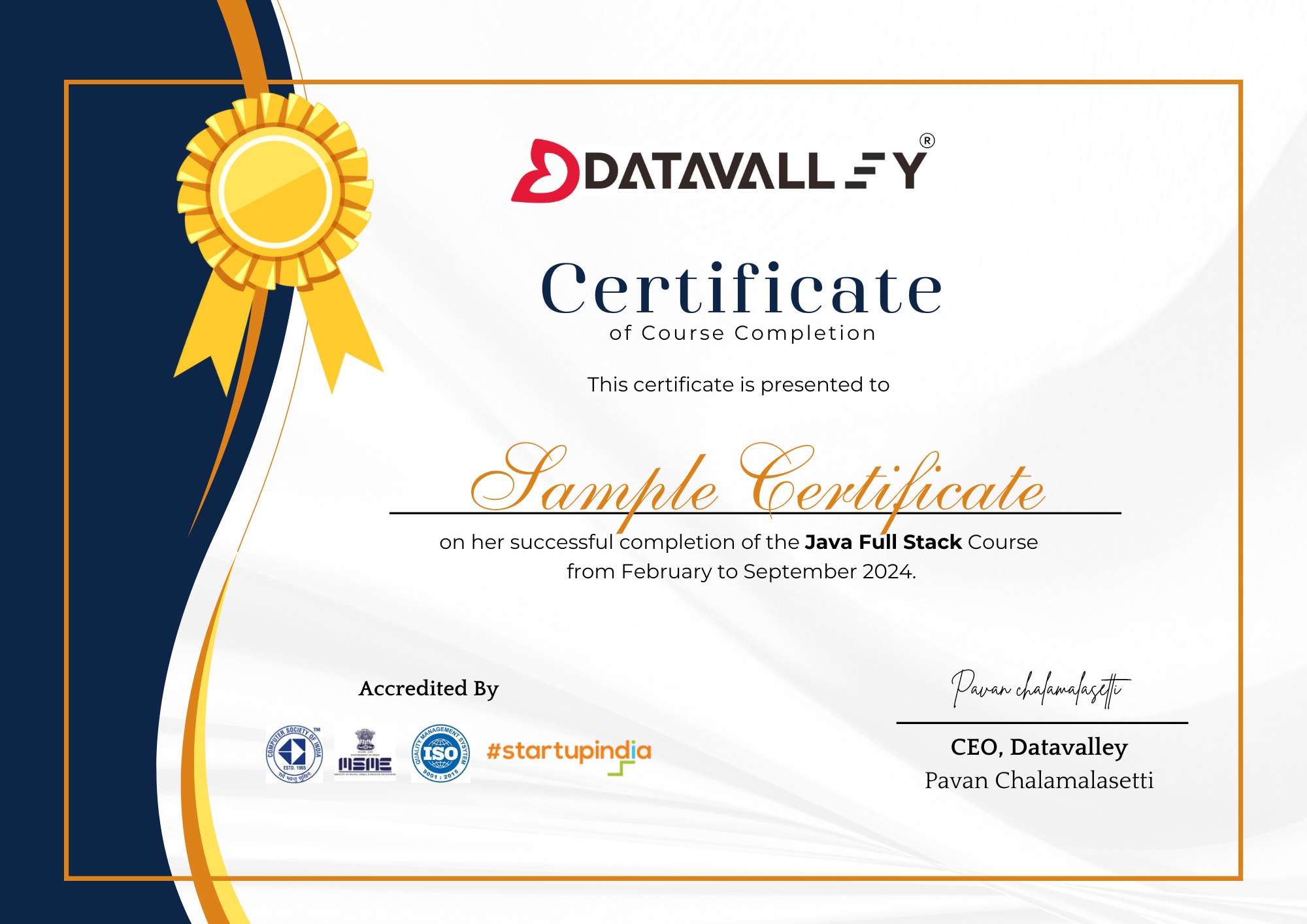
DATAVALLEY.AI
Authorized Training Partner
Delivering Industry-Recognized Skill Development Programs
Powered by DATAVALLEY.AI for Career Advancement
Everything you're wondering about
Ready To TransformHow Your Teams Learn?
Unlock learning subscription with live classes for digital skills



































































